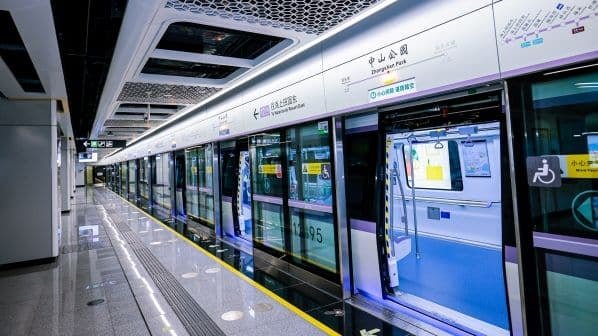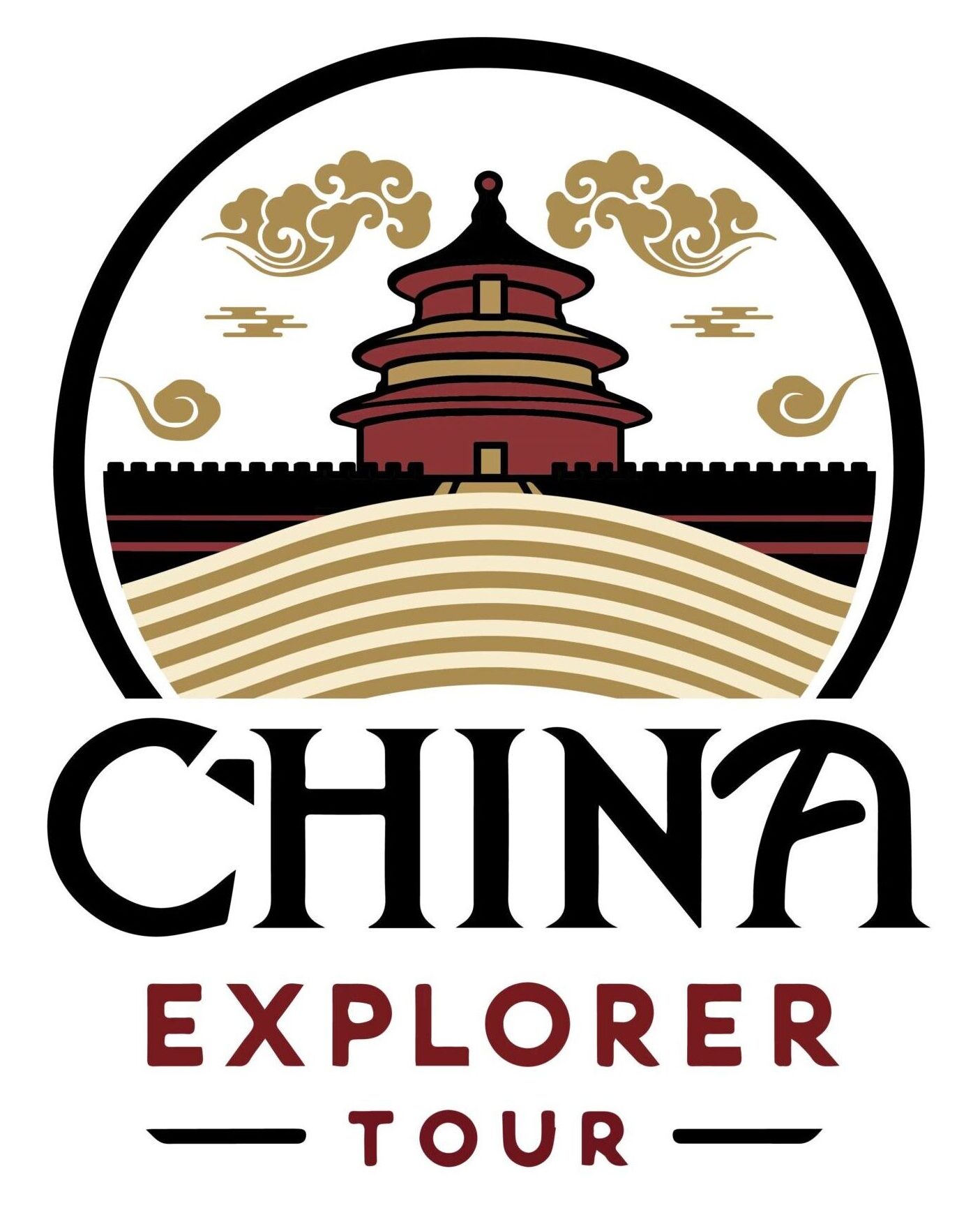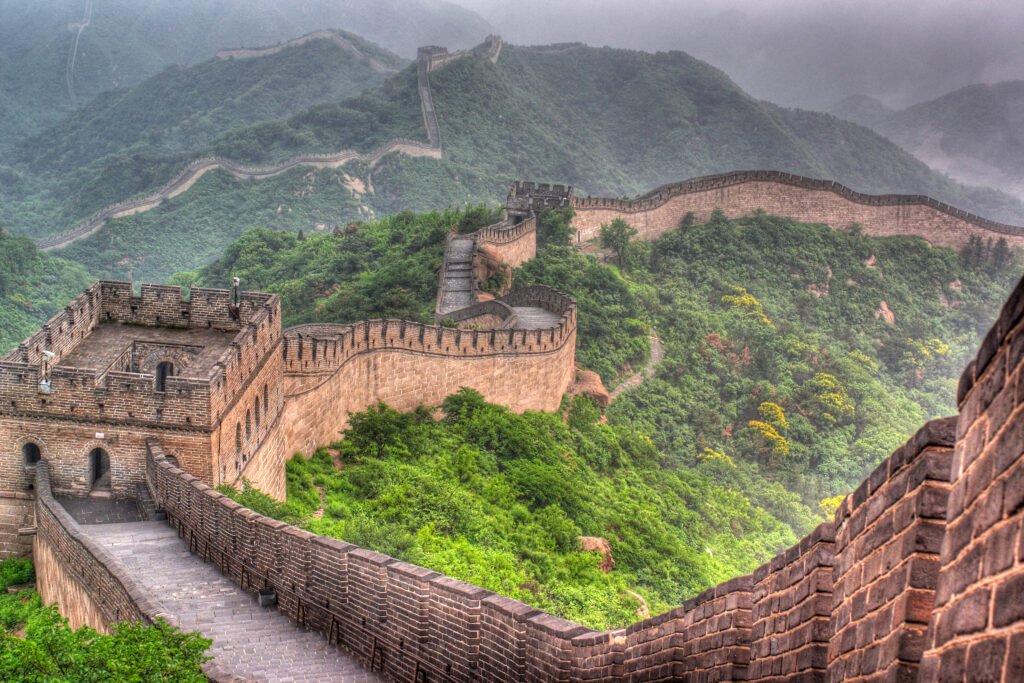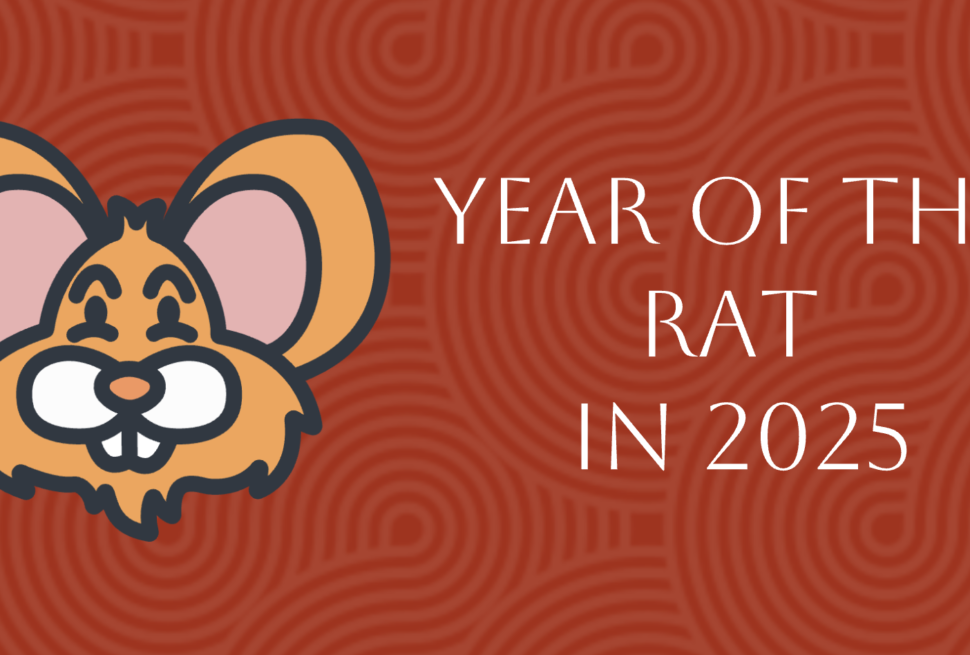Traveling in China may be an unforgettable experience because of its huge and efficient public transportation network. Understanding how to use various transportation systems, from buses and metros to high-speed trains, will improve your travel experience.
This guide provides a full overview of China's public transportation system, including practical recommendations, cost statistics, and insights into traversing key cities.
Overview of Transportation Options

China has a great variety of public transport options, with something to suit all kinds of travel needs and preferences. The main ways to get around China are by bus, metro, or train. They’re all designed to make travelling across this huge country easy and affordable.
Buses
Buses are a fundamental part of public transportation in China, providing extensive coverage in both urban and rural areas. They’re a cost-effective option for shorter journeys and are popular with both locals and tourists.
Metros
Metros or subways are the fastest and most efficient way to travel within major cities like Beijing, Shanghai, Guangzhou, and Shenzhen. With extensive networks, metros help you avoid traffic congestion and cover large distances quickly.

Trains
China’s train system is one of the most advanced in the world, with high-speed trains (HSR) connecting major cities and regions. The trains are on time, comfortable and fast, ideal for long-distance travel.
Guide to Using Buses, Metros, and Trains
Buses
- Routes and stops: Bus routes are usually in Chinese, so a translation app can help. Major stops are announced in Chinese and English.
- Payment: Most buses accept cash and transportation cards. In some cities, mobile payment options like Alipay and WeChat Pay are also available.
- Tips: Always have small change ready for bus fares, as drivers may not provide change. Buses can get crowded during peak hours, so plan your trips accordingly.
Metros
- Navigating the Metro: Metro systems in major cities have clear signage in both Chinese and English. Maps are available at stations and online.
- Ticketing: Tickets can be purchased at vending machines or ticket counters. Using a transportation card can save time and often comes with discounts.
- Safety and Etiquette: Keep your belongings secure and be mindful of local customs, such as giving up seats for the elderly, pregnant women, and those with disabilities.
Trains
- High-Speed Trains (HSR): China’s high-speed rail network is extensive and connects most major cities. Tickets can be booked online, at train stations, or through travel agencies.
- Regular Trains: For shorter distances or budget travel, regular trains are a good option. They are slower but less expensive.
- Booking and Boarding: It’s advisable to book tickets in advance, especially during holidays. Arrive at the station early to go through security checks and find your platform.
Tips for Navigating Major Cities
Beijing

- Subway System: Beijing’s subway system is one of the largest in the world. Key lines include Line 1 (east-west) and Line 2 (loop line).
- Buses: Buses complement the subway system, reaching areas not covered by metro lines.
- Bicycles and E-Scooters: Shared bicycles and e-scooters are popular for short trips.
Shanghai
- Metro: Shanghai’s metro is efficient and well-connected. Line 2 is crucial as it connects the airport with key areas.
- Maglev Train: For a quick trip from Pudong Airport to the city center, the Maglev train is an exciting and fast option.
- Ferries: Shanghai’s ferry system offers a scenic way to travel across the Huangpu River.
-1024x683.jpg)
Guangzhou
- Metro: Guangzhou’s metro network is extensive, with Line 3 being one of the busiest.
- Buses: The bus system is reliable and covers areas not accessible by metro.
- Water Buses: These offer a unique way to navigate the city, particularly for tourists.
Shenzhen
- Metro: Shenzhen’s metro is expanding rapidly, making it easy to travel across the city.
- Buses: Buses are plentiful and an excellent option for reaching destinations not served by the metro.
- Shared Bikes: Bike-sharing programs are widespread and provide a convenient mode of transport for short distances.
Cost and Ticketing Information💰
Buses
- Fares: Bus fares are generally low, ranging from 1 to 3 RMB depending on the city and distance.
- Payment: Cash, transportation cards, and mobile payments are commonly accepted.
Metros
- Fares: Metro fares depend on the distance traveled, typically ranging from 2 to 9 RMB.
- Transportation Cards: Cards like the Beijing Transportation Smart Card and Shanghai Public Transportation Card offer convenience and discounts.
Trains
- High-Speed Trains: Tickets range from 50 to 1,500 RMB depending on the distance and class of service (second, first, or business class).
- Regular Trains: These are cheaper, with prices varying based on the class of service (hard seat, soft seat, hard sleeper, soft sleeper).
Many people who have been to China have said nice things about its public transportation. One visitor who went to Beijing liked the metro system for seeing the sights, and another liked how easy it was to get from Shanghai to Hangzhou on the high-speed trains. These real-life examples show how safe and simple it is to use China's public transportation.
China has a lot of good public transportation that makes it easy for tourists to get around the country. If you know how to use buses, metros, and trains, as well as how much they cost and what kinds of tickets you can buy, you can move with confidence and ease. The public transportation in China will make it easy for you to get where you need to go, whether you’re traveling across the country or just to a big city.

Discover Your Next Great Adventure!
Book your adventure with confidence and explore with peace of mind.

-scaled.jpg)







I do like the way you have framed this specific situation plus it really does provide me personally a lot of fodder for consideration. Nevertheless, coming from what precisely I have experienced, I basically hope as other opinions pack on that people today remain on point and not embark on a tirade involving some other news of the day. Yet, thank you for this fantastic piece and while I can not necessarily concur with the idea in totality, I respect the point of view.
Nice Article
Your blog is a testament to your dedication to your craft. Your commitment to excellence is evident in every aspect of your writing. Thank you for being such a positive influence in the online community.
Sweet blog! I found it while browsing on Yahoo News. Do you have any tips on how to get listed in Yahoo News? I’ve been trying for a while but I never seem to get there! Cheers
I precisely wanted to say thanks all over again. I’m not certain the things that I could possibly have created in the absence of the type of concepts shown by you relating to my area. It previously was an absolute frustrating condition for me, however , observing this professional technique you resolved it took me to cry for fulfillment. I will be happier for the service and then have high hopes you realize what a great job that you are carrying out teaching people today using a site. Probably you have never met any of us.